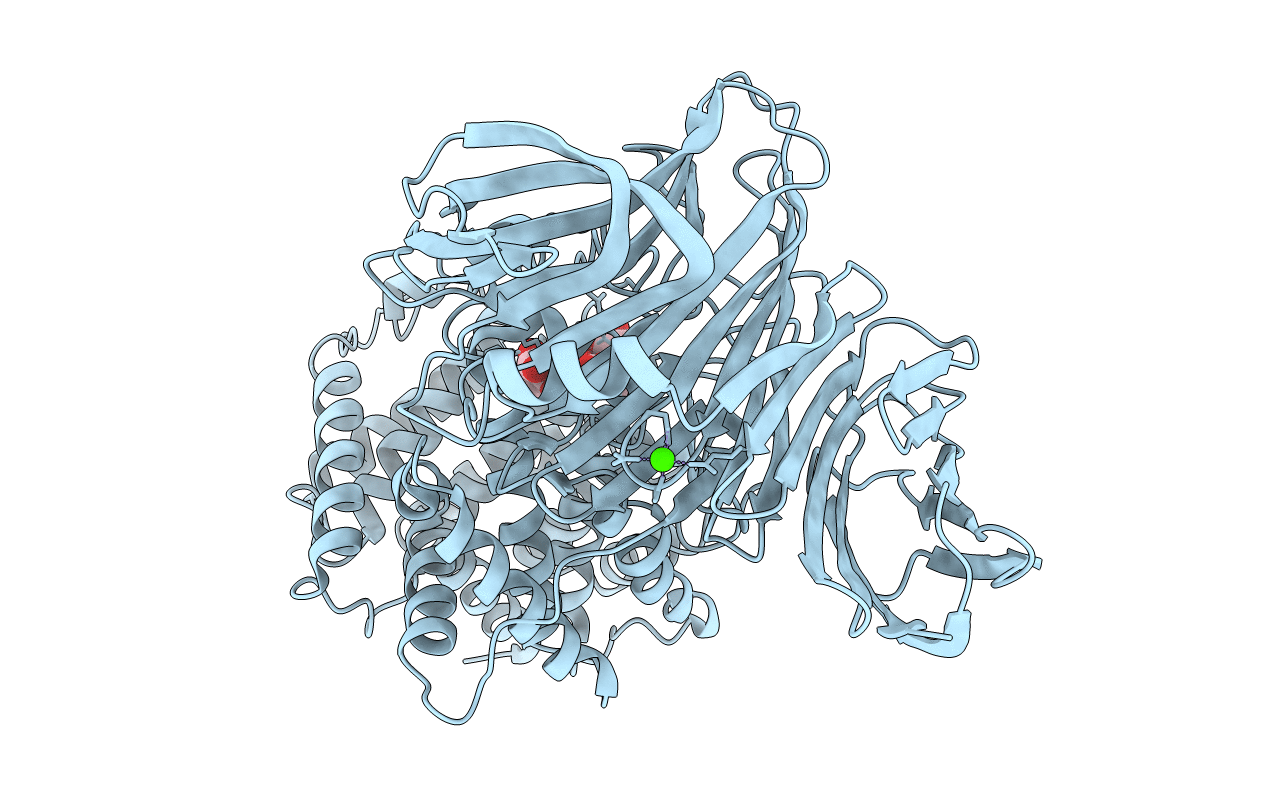
Deposition Date
2005-04-04
Release Date
2005-07-19
Last Version Date
2024-05-29
Method Details:
Experimental Method:
Resolution:
2.10 Å
R-Value Free:
0.23
R-Value Work:
0.17
R-Value Observed:
0.17
Space Group:
P 1 21 1


